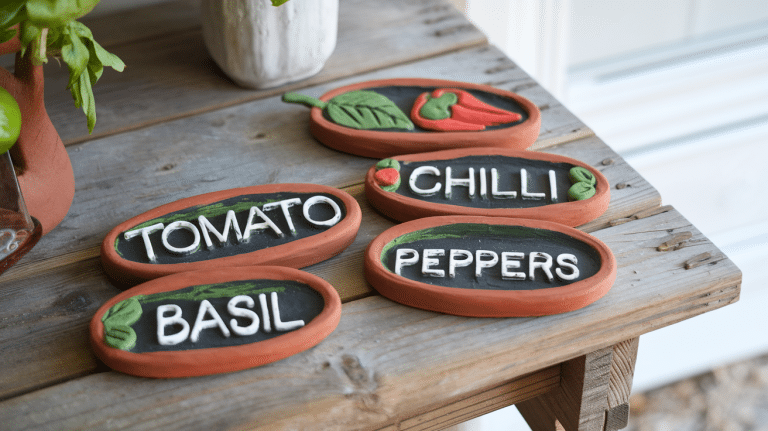Flowers speak when words fail us. Have you ever stood in a flower shop, lost and confused about which blooms best say "I love you"? It's a common problem. We want to give something meaningful, but the wrong flower might send an unintended message. The language of flowers offers clear ways to express your feelings. …
The Timeless Collection of 21 Flowers Meaning Love

Flowers speak when words fail us.
Have you ever stood in a flower shop, lost and confused about which blooms best say “I love you”?
It’s a common problem. We want to give something meaningful, but the wrong flower might send an unintended message.
The language of flowers offers clear ways to express your feelings. In this guide, I’ll show you 21 flowers meaning love in all its forms.
From classic roses to less-known options, you’ll find the perfect bloom to share your heart. These natural symbols have helped people express deep emotions for centuries – and they can help you, too.
History of Flowers and Their Symbolism
Flowers have told stories of human emotion for thousands of years. The practice of using flowers as symbols started in ancient times. People in Egypt, China, and Greece all gave special meanings to different blooms.
In the 1700s, this flower language grew more complex. The Victorians took it to new heights. They created detailed systems where each flower had its own message. A red rose meant passionate love. A yellow carnation showed disappointment.
This secret flower code lets people share feelings they couldn’t say out loud. In those strict times, a small bouquet could carry a message that would shock if spoken.
Today, we still use this flower language, though often without knowing it: Red roses on Valentine’s Day and white lilies at funerals. These traditions come from this rich history.
The meanings have stayed with us through time. They connect us to our past and to each other, letting nature help us express what’s in our hearts.
Flowers and Their Romantic Significance
1. Rose (Red)
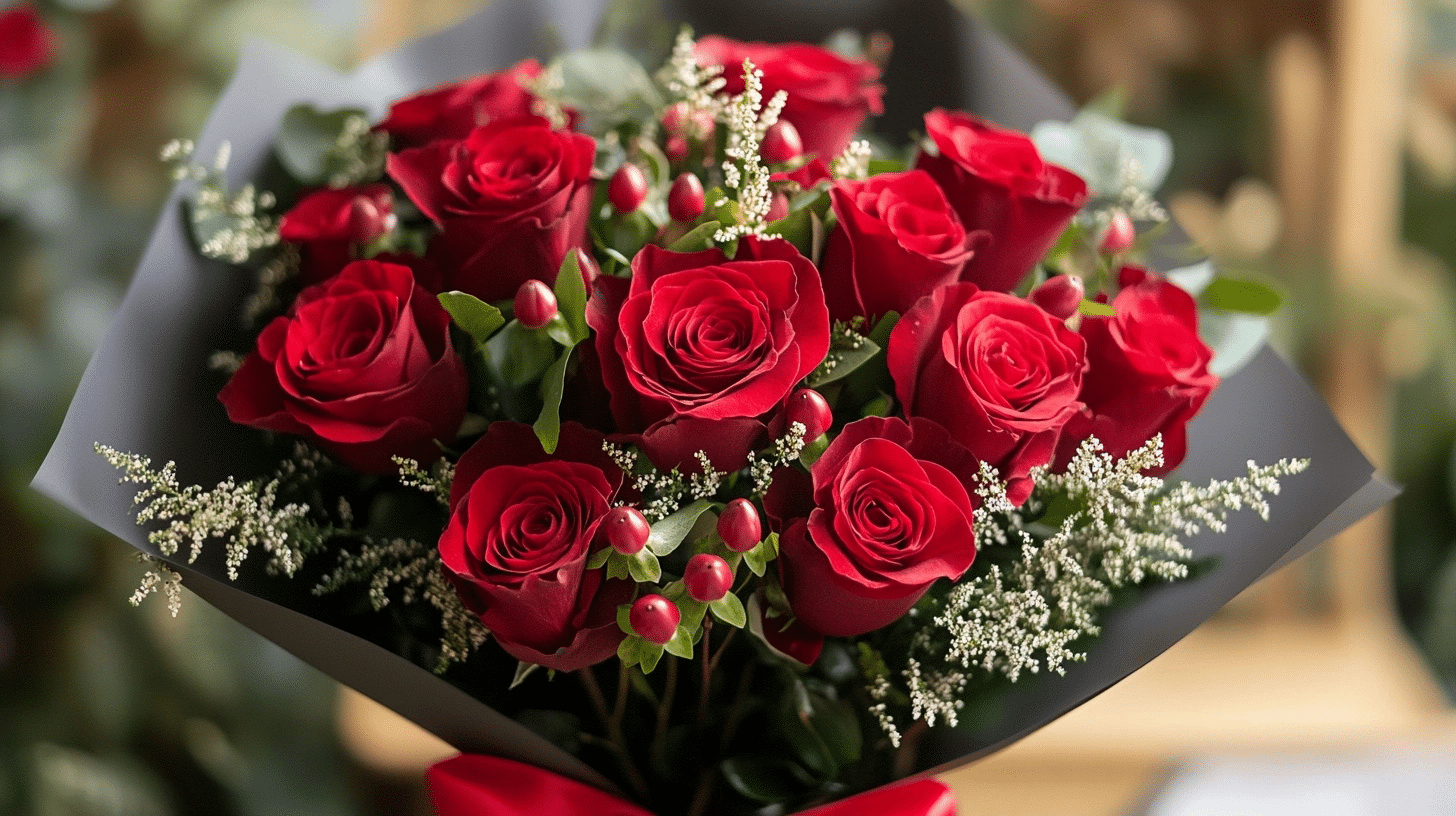
A classic symbol of love, passion, and devotion, red roses are the go-to flower for romantic expressions. Their deep red hue conveys strong emotions, making them perfect for anniversaries and heartfelt gestures.
- Symbolism: Love, passion, devotion
- When to Use: Anniversaries, proposals, Valentine’s Day
- Goes Best With: Baby’s breath, white lilies, pink carnations
2. Lily (White)

White lilies represent purity and remembrance, making them popular at weddings and funerals. Their charming petals symbolize renewal and peace, offering comfort and hope in emotional moments.
- Symbolism: Purity, peace, sympathy
- When to Use: Weddings, funerals, religious ceremonies
- Goes Best With: Roses, orchids, hydrangeas
3. Tulip
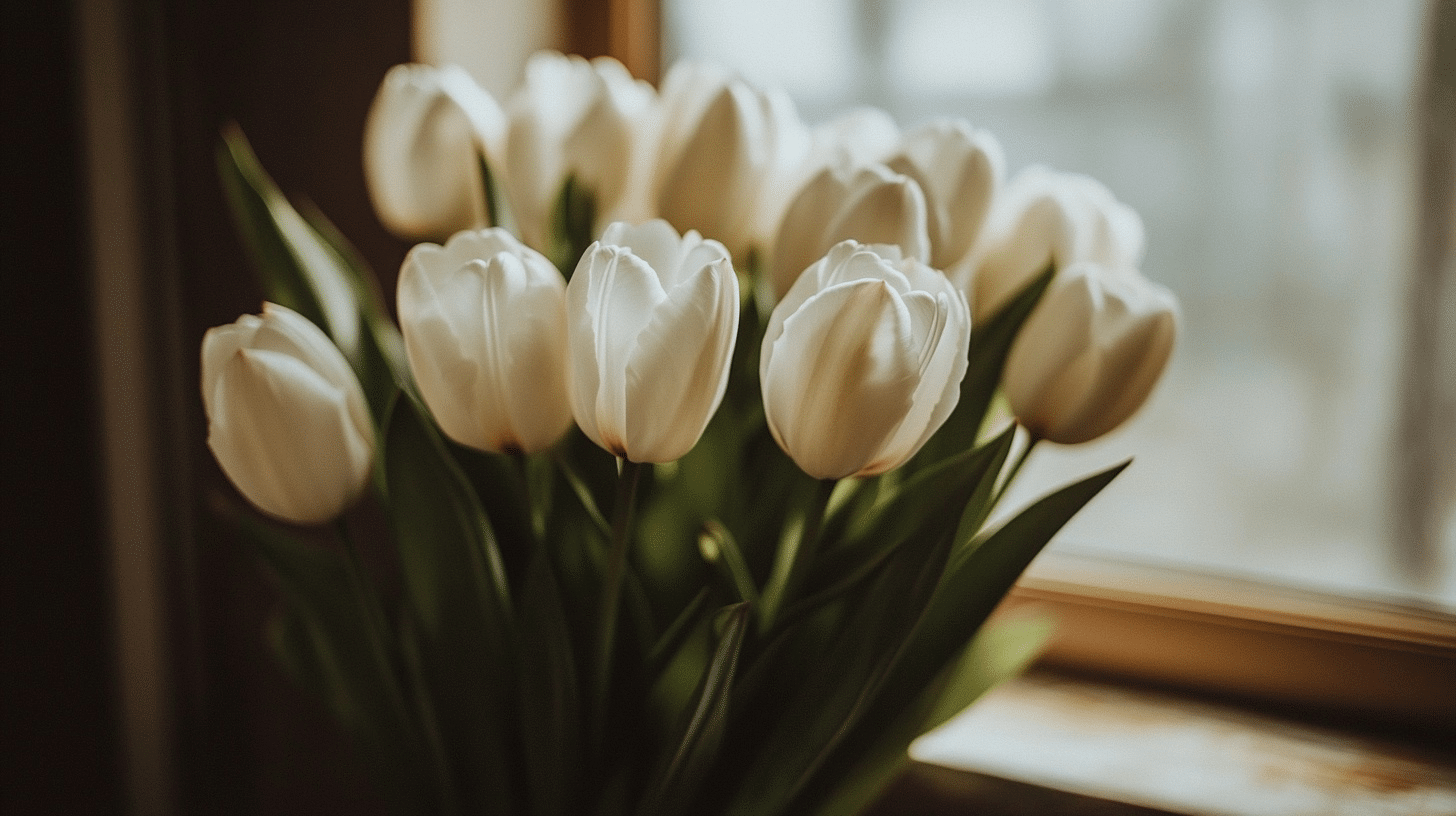
Tulips symbolize love, happiness, and purity. Available in various colors, red tulips signify deep love, while yellow expresses cheerfulness. They are a popular springtime flower.
- Symbolism: Love, happiness
- When to Use: Birthdays, anniversaries, spring events
- Goes Best With: Daffodils, hyacinths, ranunculus
4. Sunflower
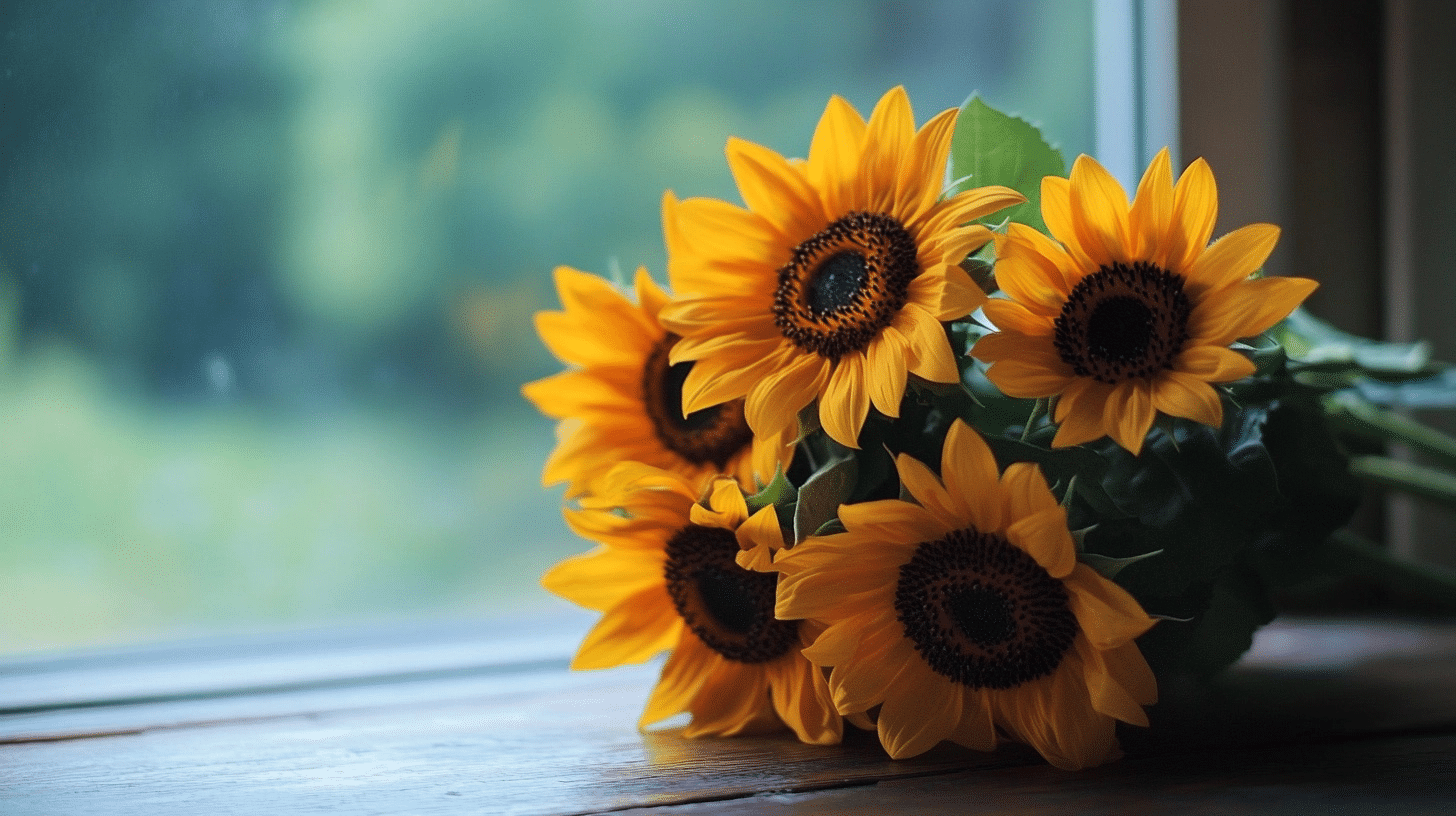
Bright and uplifting, sunflowers symbolize adoration and loyalty. Their golden petals follow the sun, representing unwavering faith and positive energy in any setting.
- Symbolism: Happiness, loyalty, optimism
- When to Use: Congratulations, get-well wishes, summer events
- Goes Best With: Daisies, roses, lavender
5. Orchid
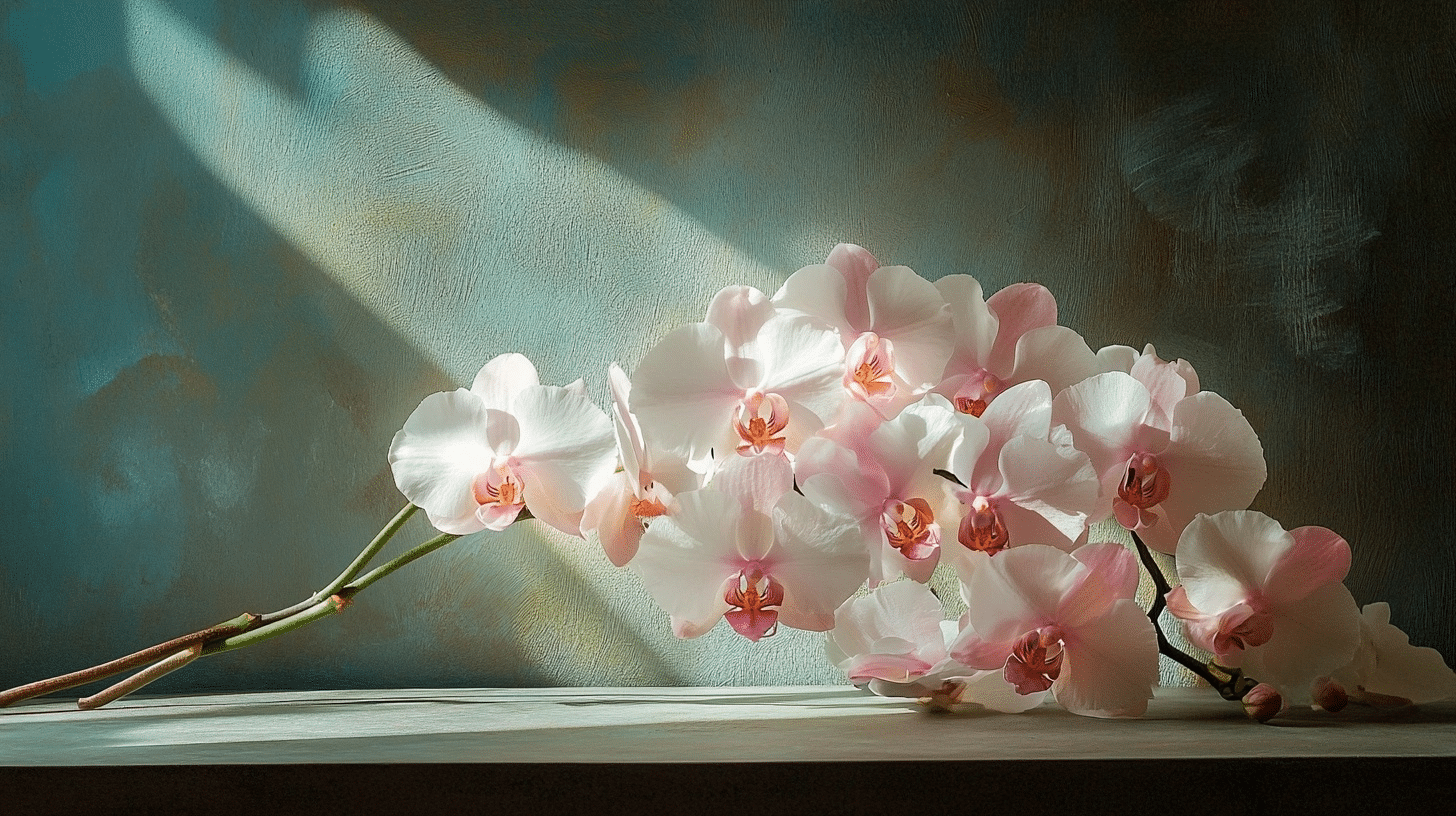
Exotic and graceful, orchids symbolize beauty, strength, and luxury. Their delicate blooms are admired worldwide and often gifted to convey admiration and classiness.
- Symbolism: Luxury, beauty, strength
- When to Use: Anniversaries, promotions, housewarming
- Goes Best With: Roses, lilies, hydrangeas
6. Daisy
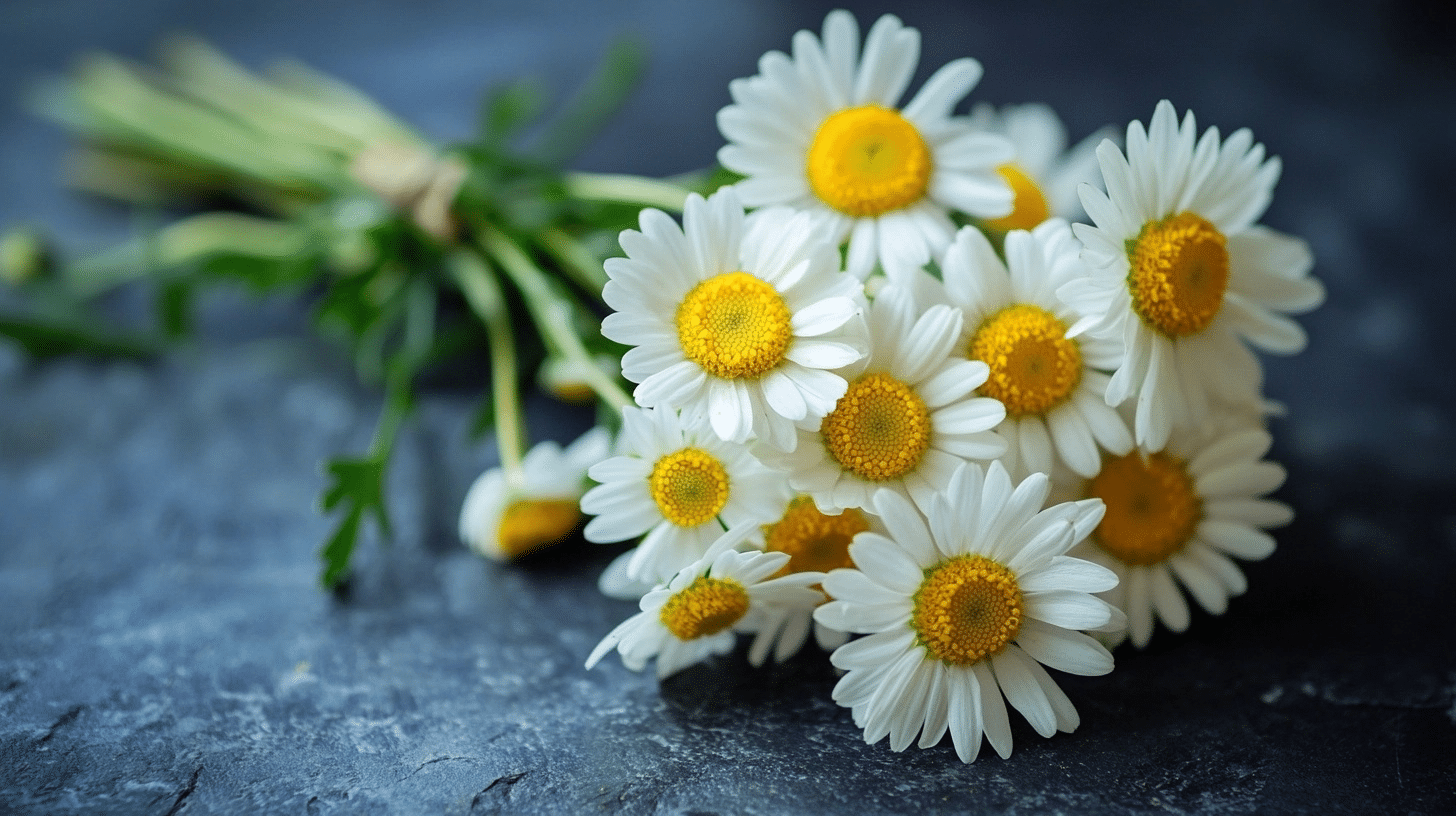
Daisies represent innocence, joy, and fresh beginnings. Their cheerful appearance makes them perfect for celebrating youthful happiness and new chapters in life.
- Symbolism: Innocence, joy, new beginnings
- When to Use: Births, graduations, friendships
- Goes Best With: Sunflowers, tulips, carnations
7. Peony
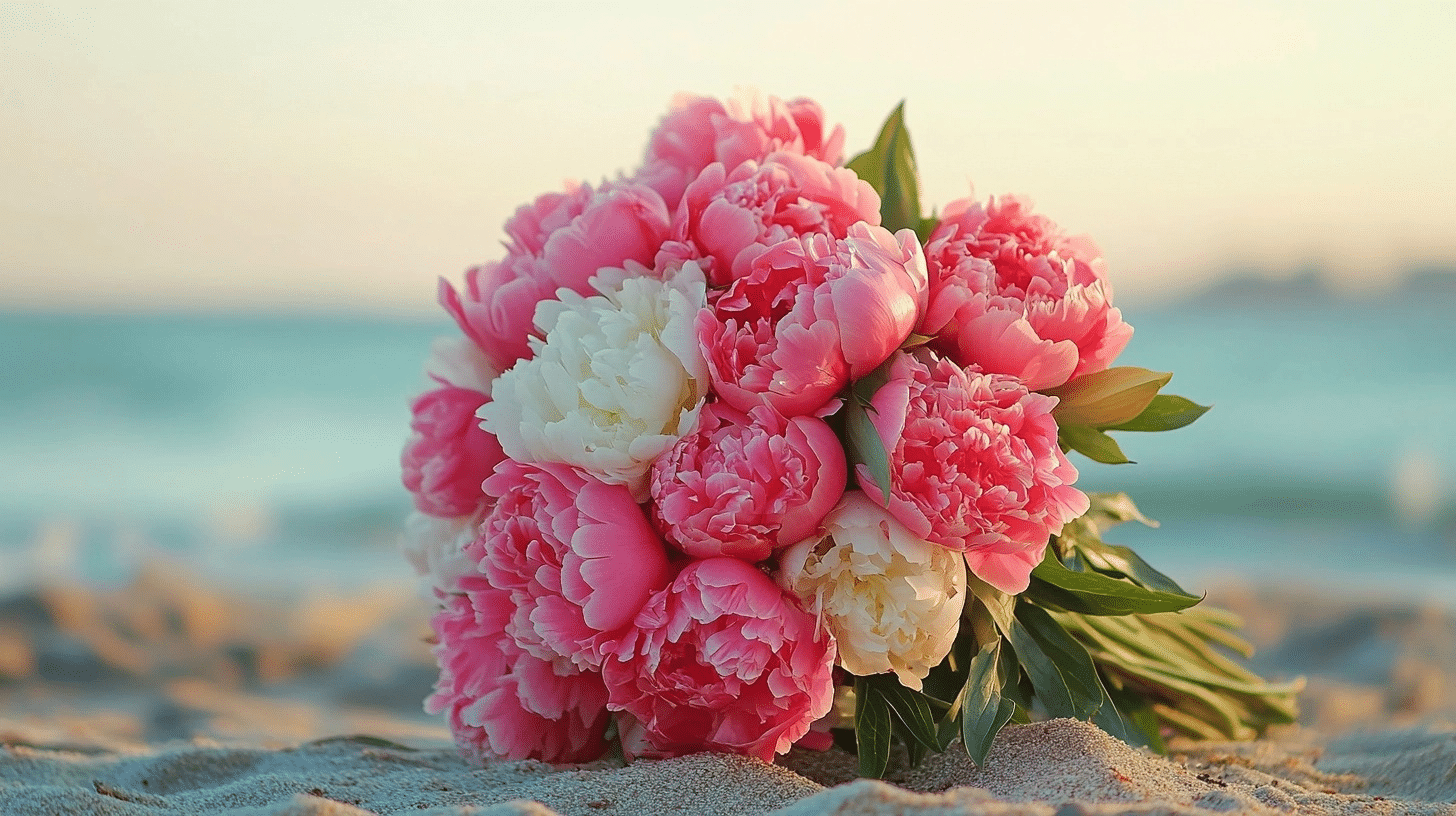
Peonies symbolize romance, prosperity, and good fortune. Their lush, fragrant blooms are often seen in wedding bouquets, bringing happiness and lasting love.
- Symbolism: Romance, prosperity, happiness
- When to Use: Weddings, anniversaries, new ventures
- Goes Best With: Roses, hydrangeas, ranunculus
8. Carnation
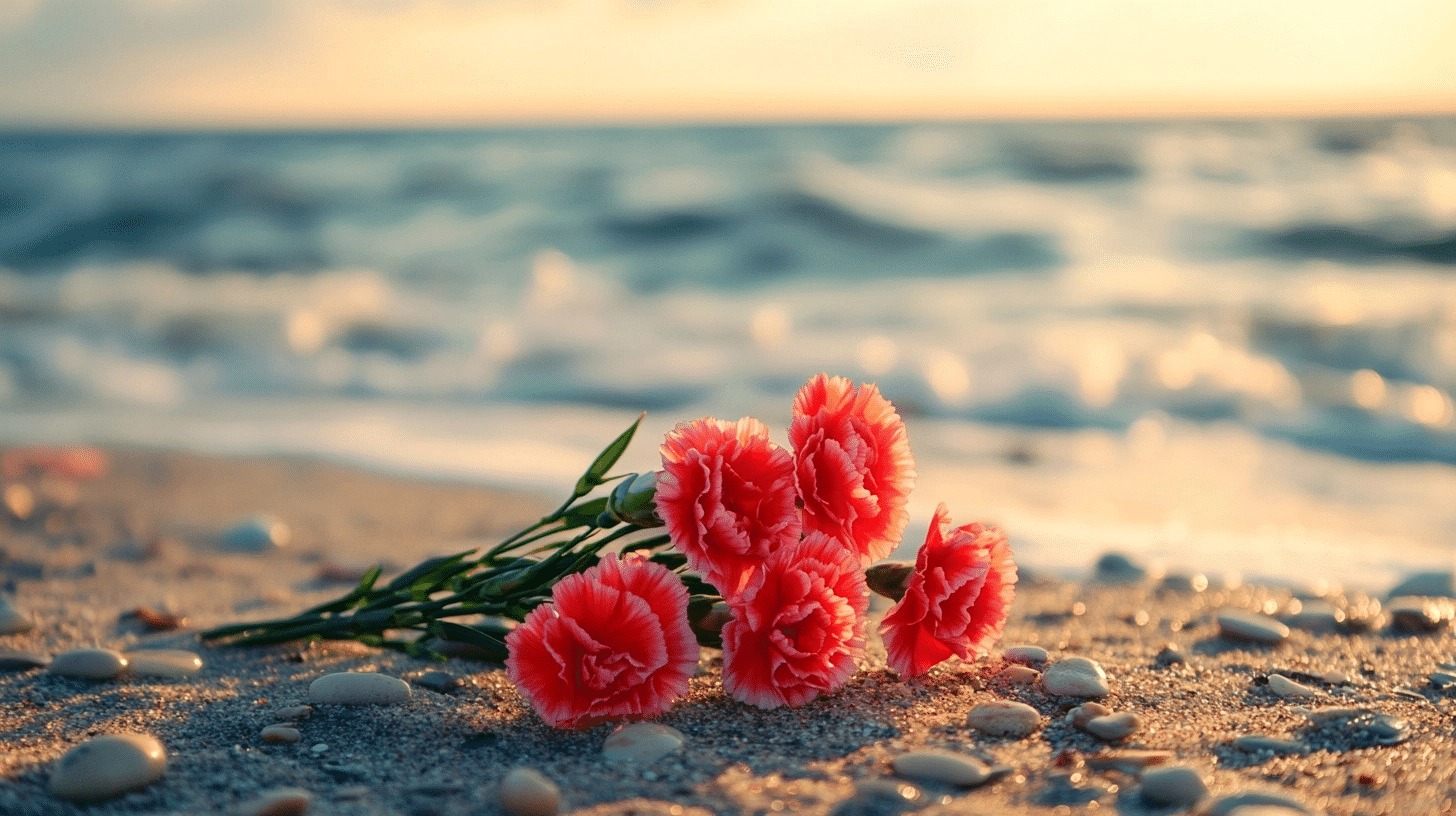
Carnations express admiration, allure, and love. Their long-lasting blooms come in various colors, each carrying unique meanings, from gratitude to deep affection.
- Symbolism: Love, fascination, gratitude
- When to Use: Mother’s Day, birthdays, appreciation gifts
- Goes Best With: Roses, daisies, lilies
9. Lavender
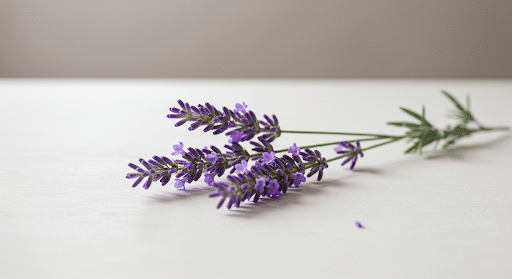
Lavender is known for its soothing scent and healing properties. It symbolizes calmness, devotion, and grace, making it a thoughtful choice for relaxation and peace.
- Symbolism: Serenity, devotion, healing
- When to Use: Relaxation gifts, spiritual offerings, housewarming
- Goes Best With: Roses, sunflowers, eucalyptus
10. Daffodil
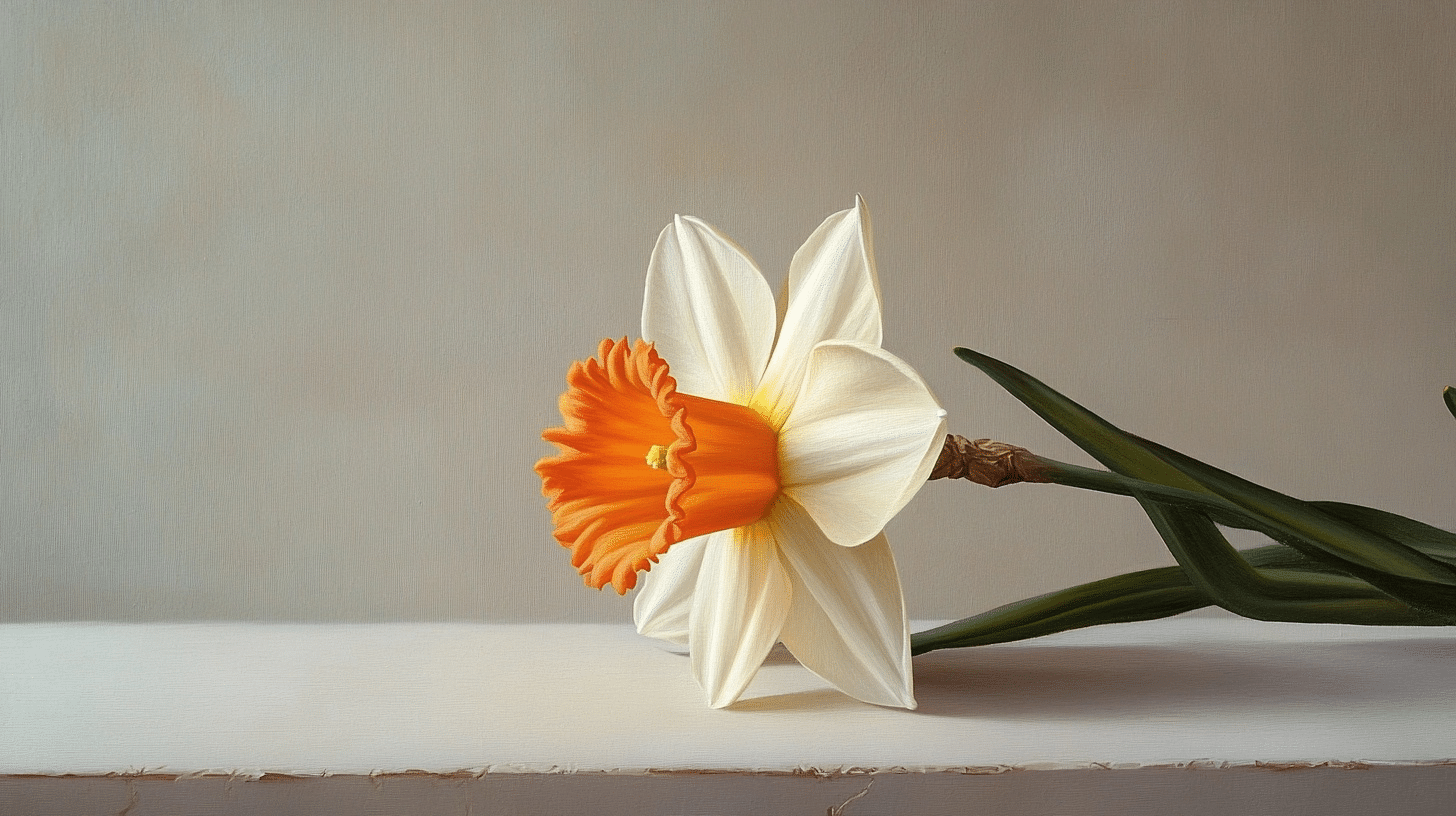
Daffodils represent renewal, joy, and fresh beginnings. Their bright yellow petals make them a symbol of hope, optimism, and the arrival of spring.
- Symbolism: New beginnings, joy, renewal
- When to Use: Birthdays, new jobs, housewarming
- Goes Best With: Tulips, hyacinths, daisies
11. Hydrangea

Hydrangeas symbolize gratitude and deep emotions. Their lush clusters create stunning bouquets, perfect for expressing appreciation and heartfelt sincerity.
- Symbolism: Gratitude, abundance, heartfelt emotions
- When to Use: Thank-you gifts, anniversaries, sympathy
- Goes Best With: Peonies, roses, orchids
12. Chrysanthemum
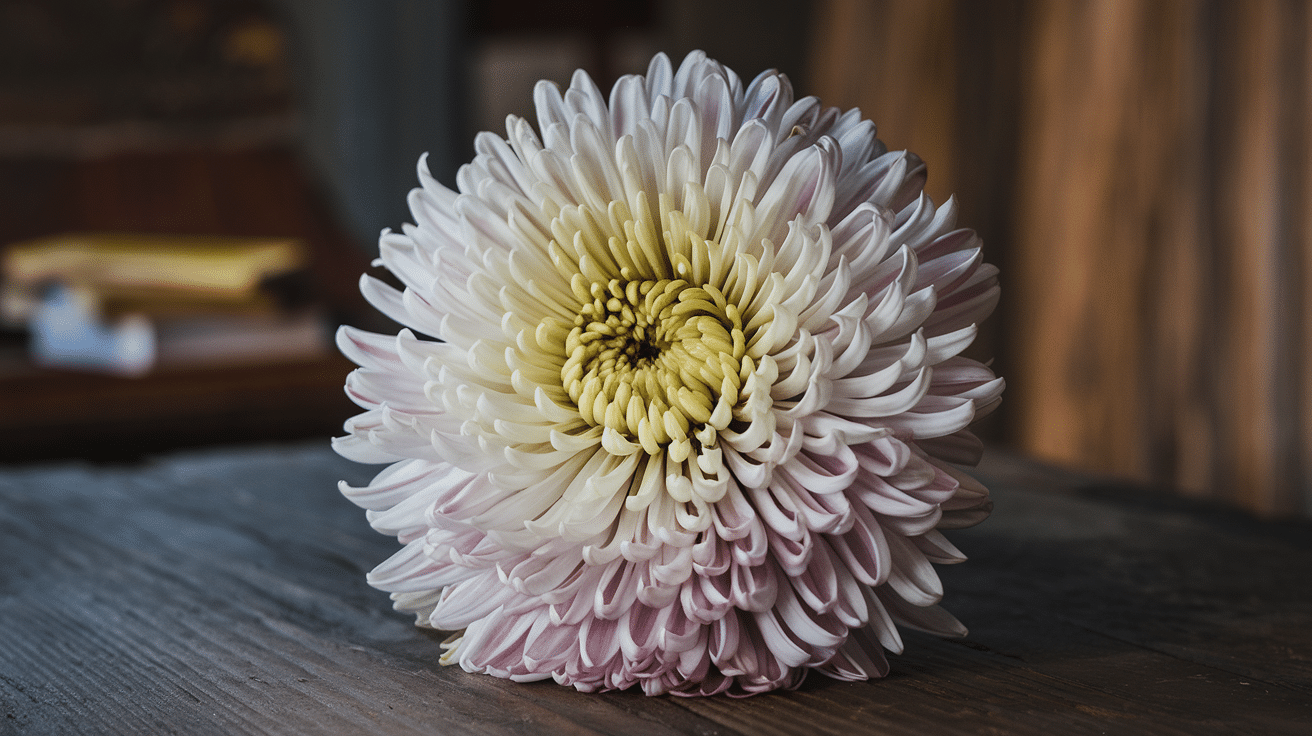
Chrysanthemums stand for loyalty, longevity, and joy. Their colors bring happiness, making them ideal for celebrations and heartfelt gifts.
- Symbolism: Loyalty, happiness, longevity
- When to Use: Birthdays, cultural festivals, remembrance
- Goes Best With: Sunflowers, daisies, roses
13. Jasmine
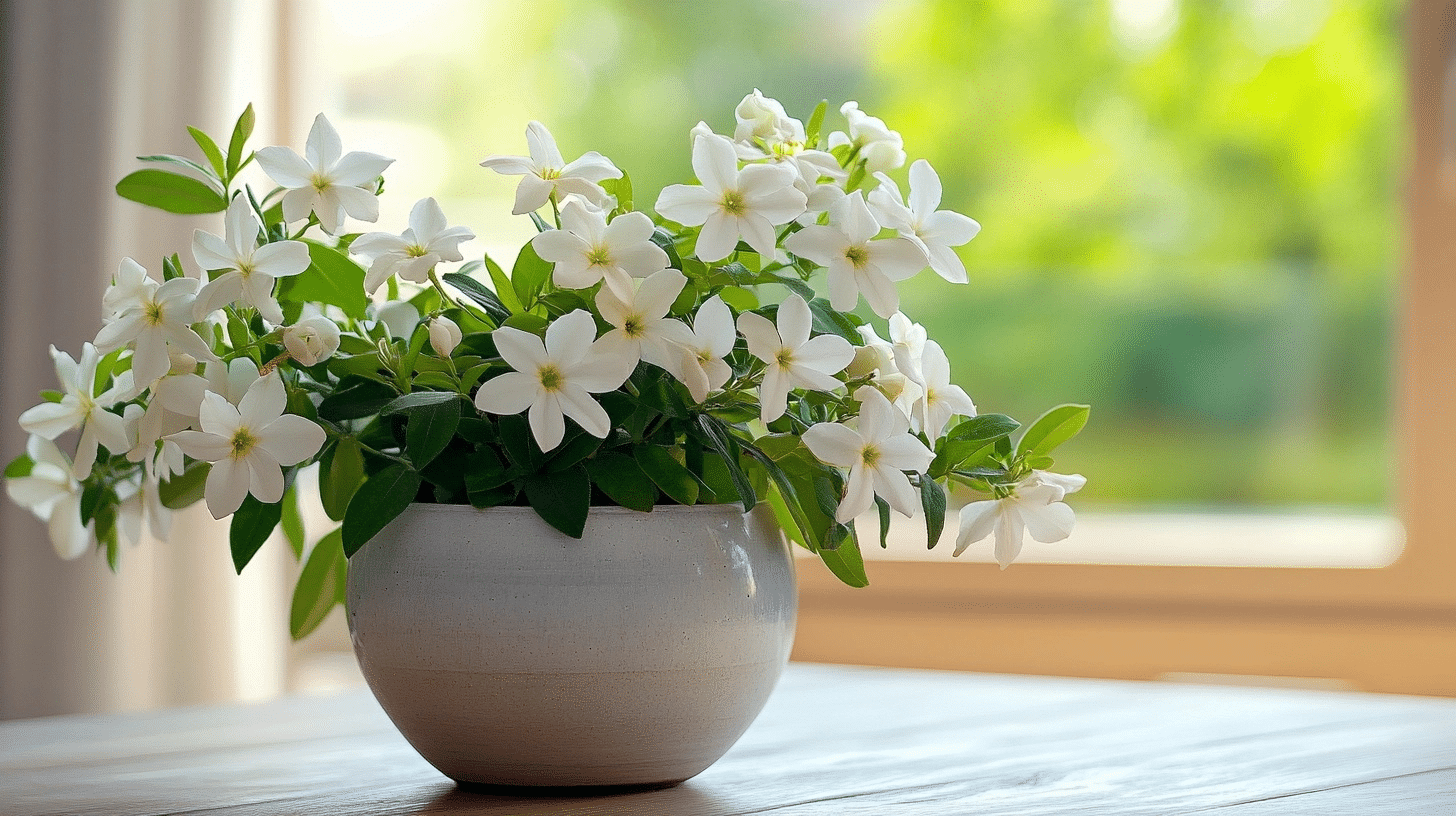
Jasmine represents purity, sensuality, and love. Its sweet fragrance makes it a favorite for romantic and spiritual occasions, symbolizing devotion.
- Symbolism: Love, purity, grace
- When to Use: Weddings, romantic gestures, spiritual offerings
- Goes Best With: Roses, lilies, orchids
14. Marigold

Marigolds are associated with warmth, passion, and positivity. Their golden hues are often seen in celebrations, rituals, and cultural traditions.
- Symbolism: Positivity, success, remembrance
- When to Use: Festivals, weddings, honoring ancestors
- Goes Best With: Roses, chrysanthemums, daisies
15. Camellia
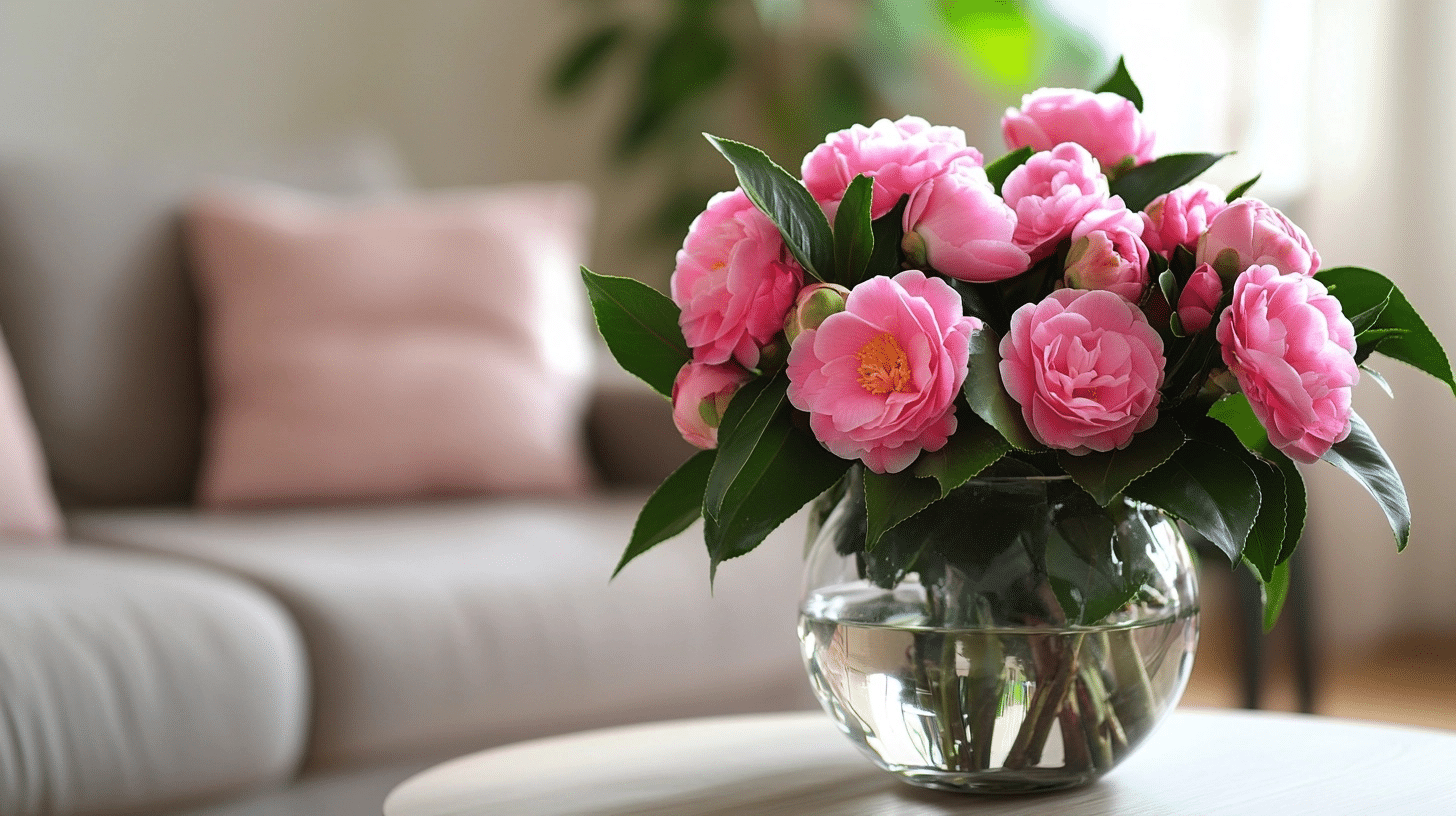
Camellias symbolize admiration and perfection. Pink camellias express longing, while red ones signify passion, making them ideal for love-filled occasions.
- Symbolism: Admiration, perfection, longing
- When to Use: Romantic gifts, appreciation, anniversaries
- Goes Best With: Peonies, roses, tulips
16. Magnolia
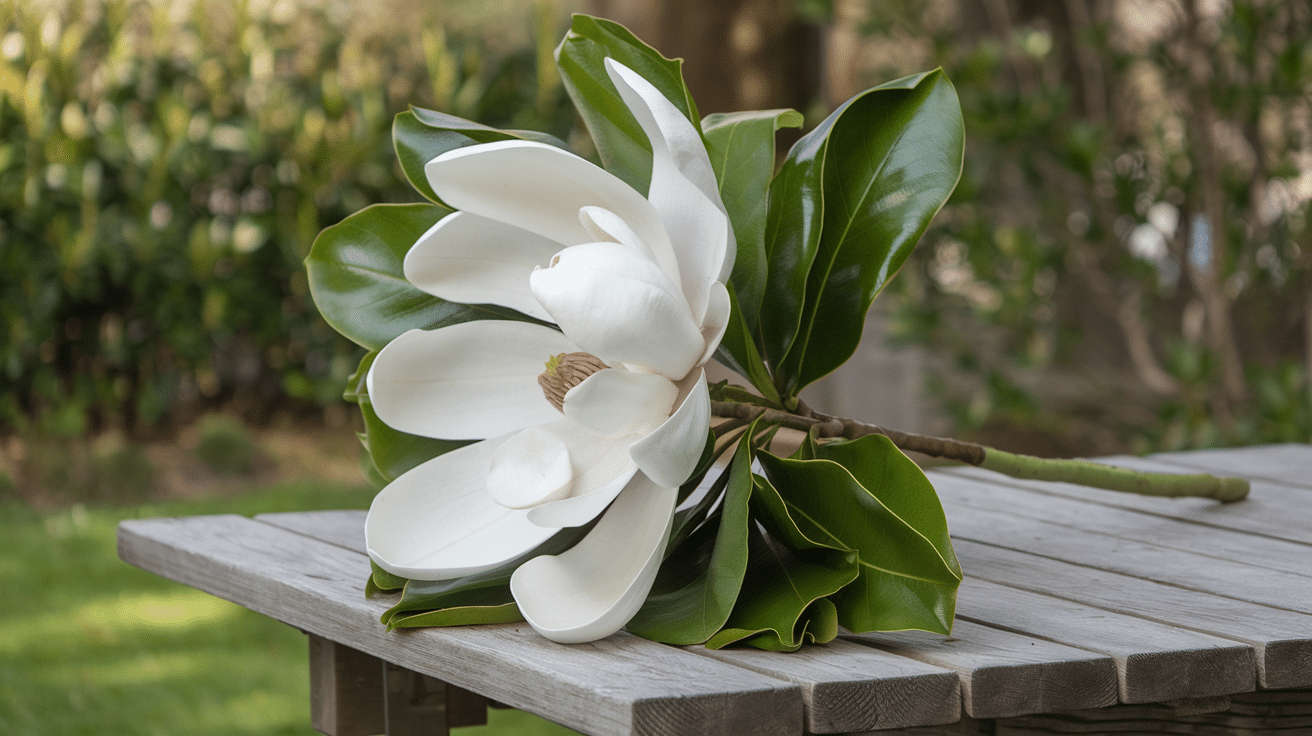
Magnolias signify dignity, perseverance, and natural beauty. Their large, fragrant blooms exude classy and grace, making them a refined choice.
- Symbolism: Nobility, dignity, endurance
- When to Use: Weddings, milestones, success celebrations
- Goes Best With: Orchids, lilies, hydrangeas
17. Forget-Me-Not
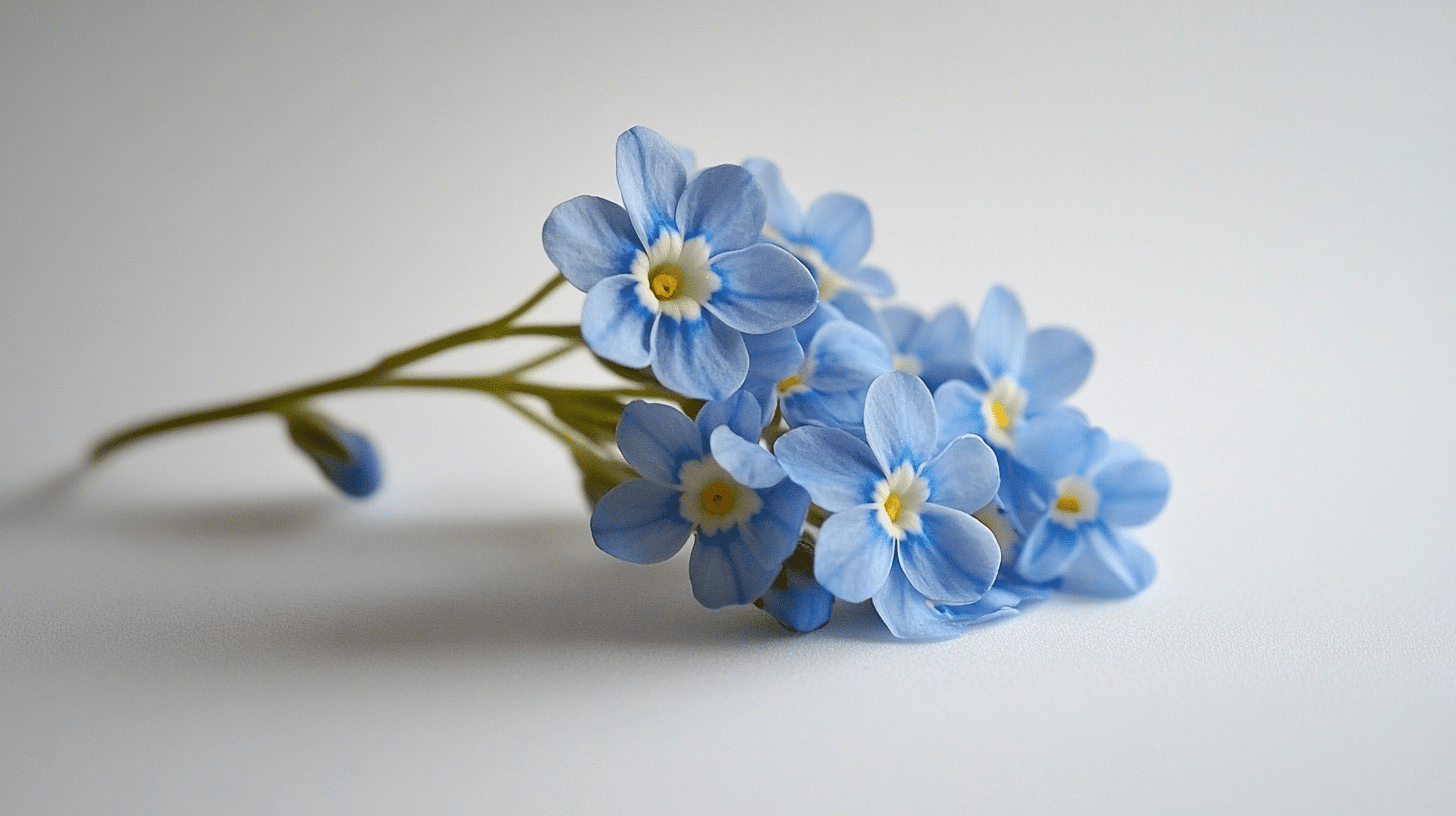
These delicate blue flowers symbolize true love and lasting memories. They serve as a reminder of cherished connections and deep bonds.
- Symbolism: Remembrance, loyalty, eternal love
- When to Use: Memorials, anniversaries, long-distance relationships
- Goes Best With: Roses, daisies, violets
18. Violet
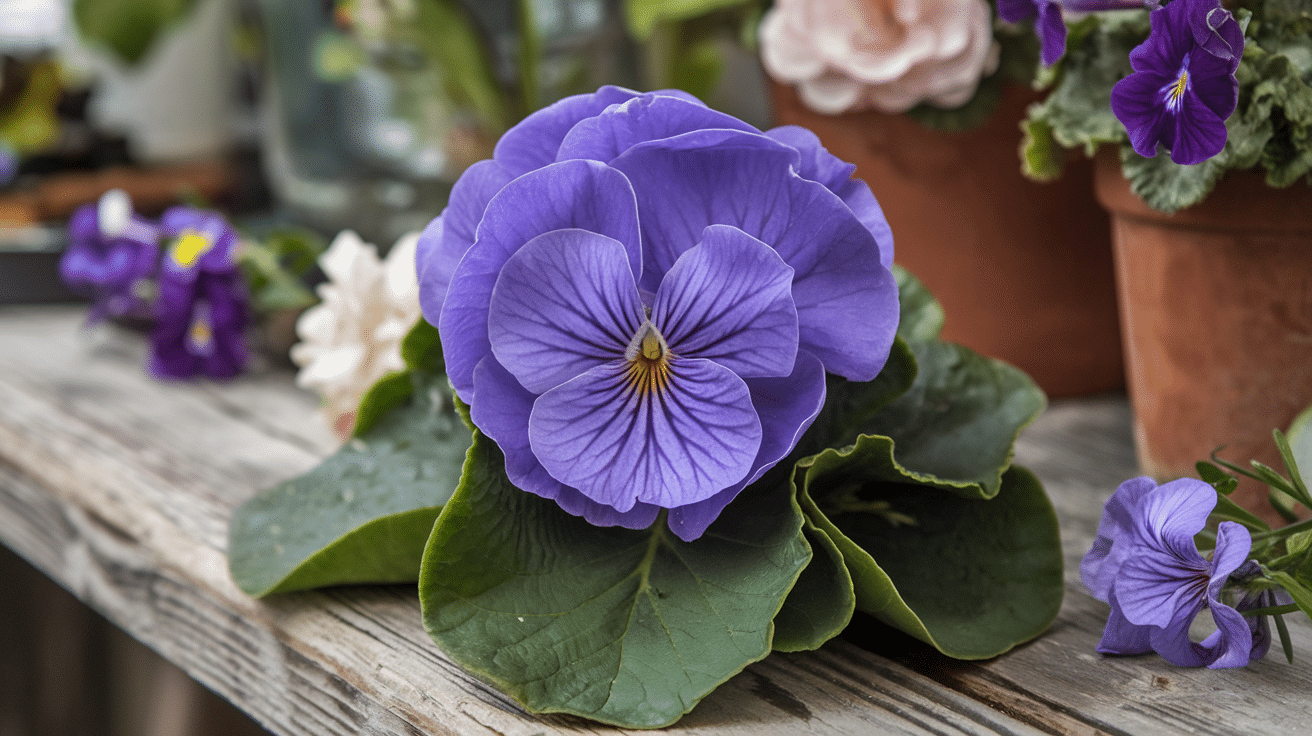
Violets symbolize modesty, faithfulness, and wisdom. Their deep purple hue conveys admiration and sincerity in relationships and friendships.
- Symbolism: Loyalty, wisdom, humility
- When to Use: Friendships, spiritual gifts, tokens of admiration
- Goes Best With: Lilies, roses, jasmine
19. Ranunculus
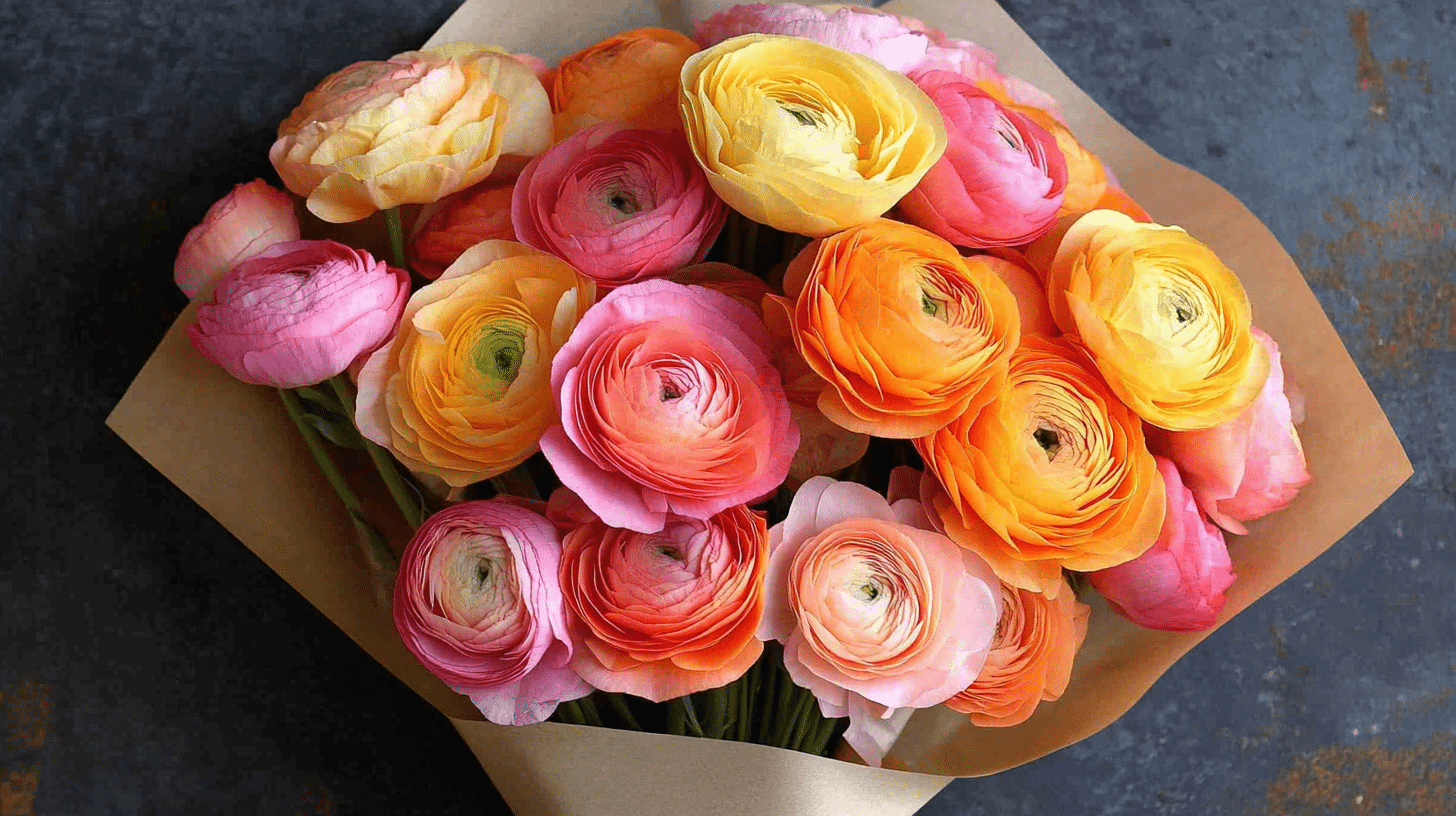
Ranunculus represents charm and radiance. Their delicate, multi-petaled blossoms make them a popular choice for romantic and endearing arrangements.
- Symbolism: Charm, love, admiration
- When to Use: Romantic occasions, weddings, birthdays
- Goes Best With: Peonies, tulips, anemones
20. Anemone
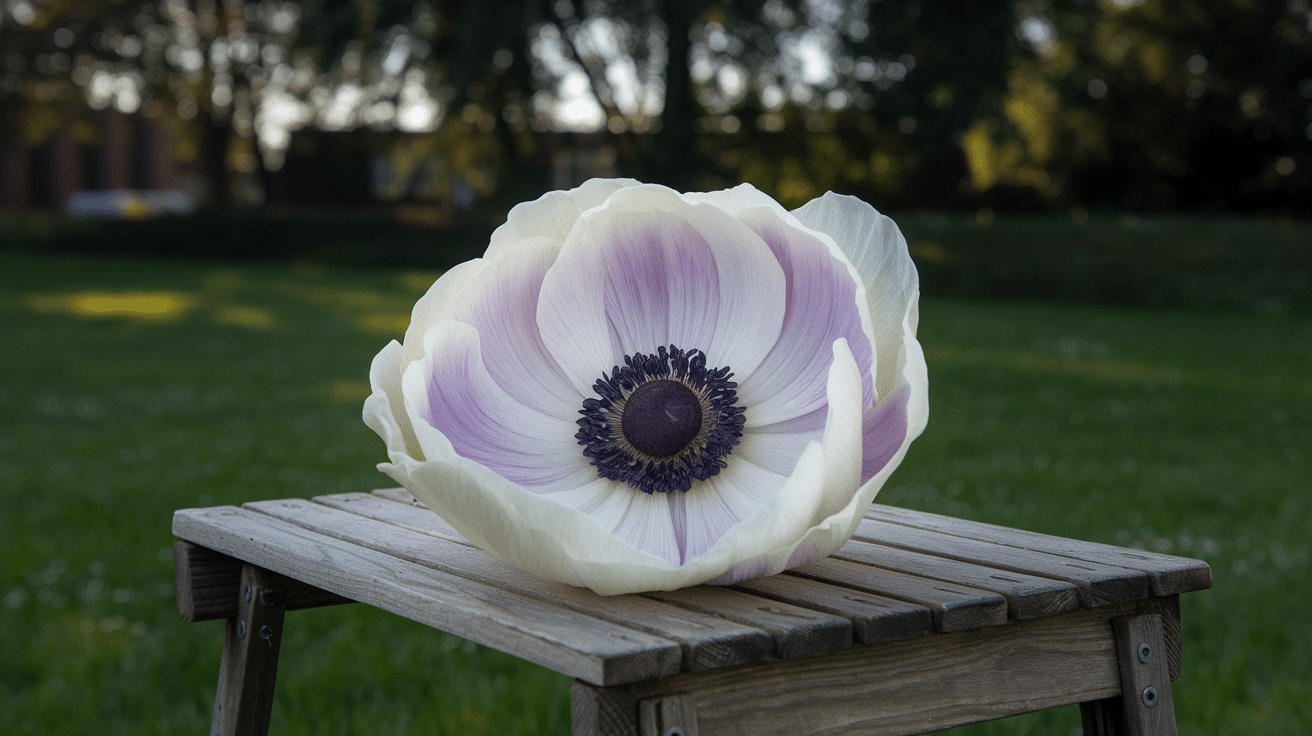
Anemones symbolize anticipation and protection. Their delicate petals make them a meaningful gift for expressing hope and emotional depth.
- Symbolism: Expectation, protection, fragility
- When to Use: Romantic gestures, spiritual ceremonies, hope-filled gifts
- Goes Best With: Ranunculus, roses, eucalyptus
21. Lilac
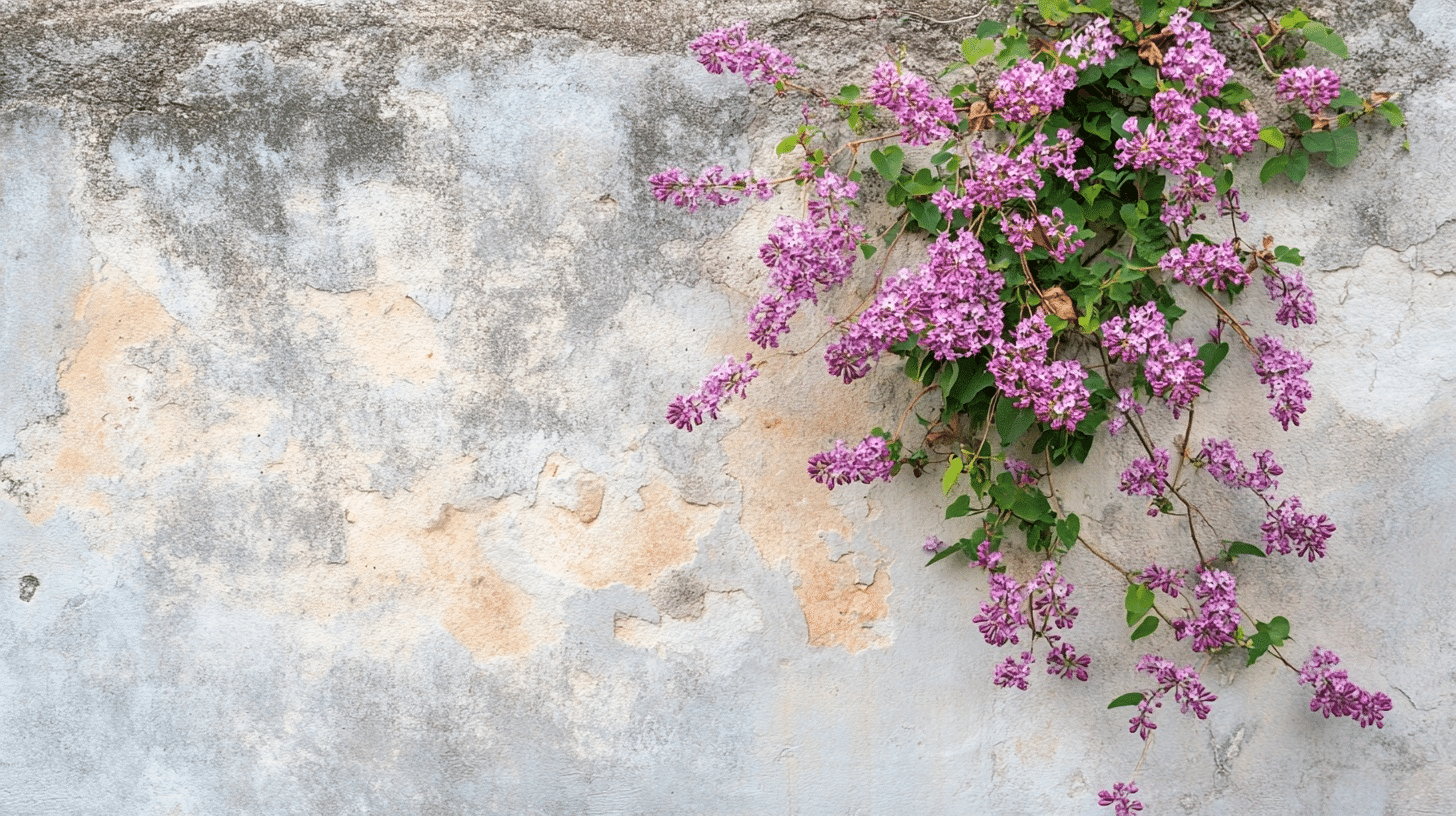
Lilacs stand for youthful love and fond memories. Their soft fragrance and delicate petals make them perfect for celebrating first love and nostalgia.
- Symbolism: First love, remembrance, spirituality
- When to Use: First dates, anniversaries, nostalgia gifts
- Goes Best With: Tulips, peonies, hyacinths
Tips to Make Better Flower Arrangements
Creating beautiful flower arrangements doesn’t need expert skills. With a few simple tricks, your bouquets can look amazing and express exactly what you want to say.
Here are some easy ways to make your arrangements stand out:
- Start with clean tools and vases. Cut stems at an angle with sharp scissors to help flowers drink water better.
- Mix different heights in your arrangement. Tall stems in the back, medium in the middle, and short blooms in front create depth.
- Choose an odd number of flowers. Groups of 3, 5, or 7 blooms look more natural and balanced to our eyes.
- Add greenery between flowers. Leaves and filler plants give contrast and make the colors pop more.
- Think about the message. If you’re making a love-themed arrangement, include flowers with meanings that match what you want to say.
- Change the water every two days and trim stems for longer-lasting arrangements. Remove any leaves that would sit below the water line.
The Bottom Line
Flowers offer us a special way to say “I love you” without words. In this blog, I shared the rich history of floral symbolism and 21 flowers meaning love. I also gave you practical tips to create meaningful arrangements.
So what? These natural messengers connect us to a tradition that spans centuries. When you give someone flowers with intention, you join this timeless practice.
What next? Try creating your own love-themed arrangement. Pick flowers with meanings that match your feelings. Even a simple bouquet can carry deep emotion when you choose each bloom with purpose.
Remember, the most powerful gift isn’t just the flower itself but the thought behind it. Your flowers tell a story—make sure it’s the one you want to share.








